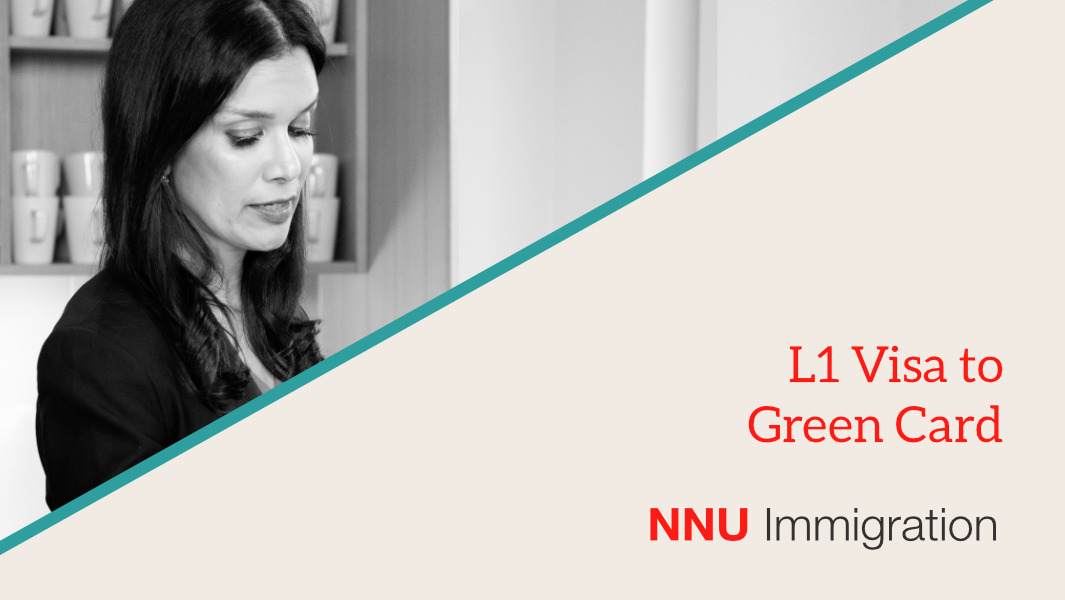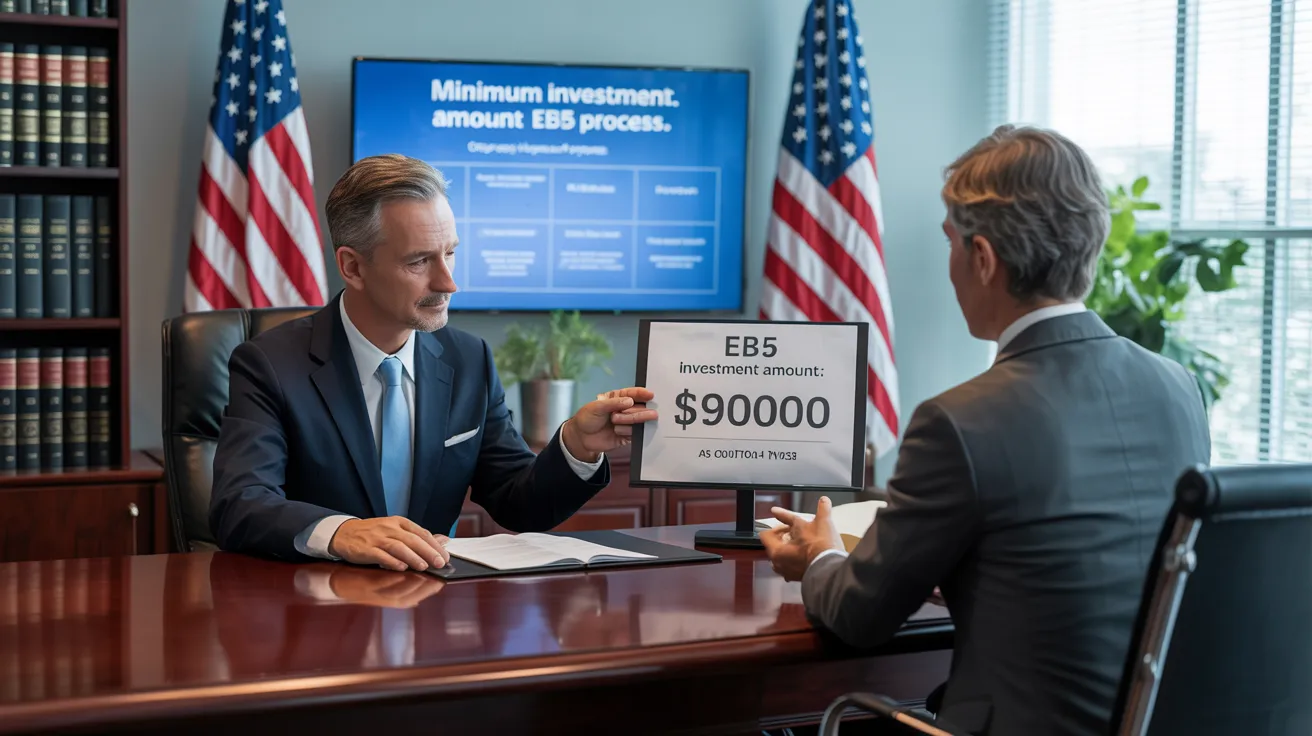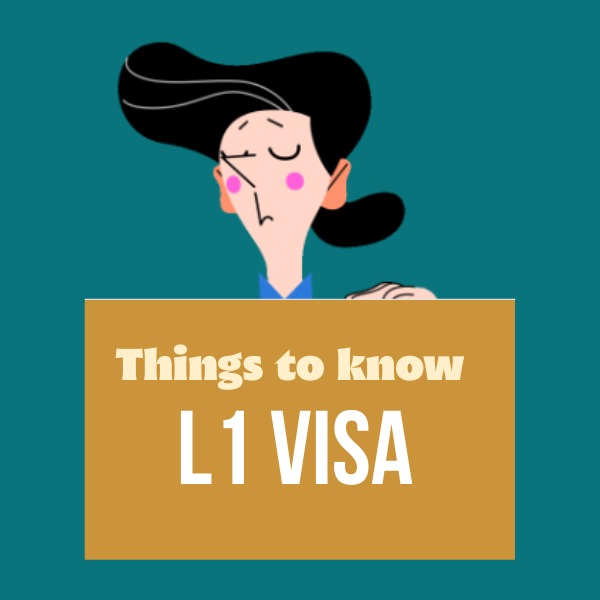L1 Visa Explained
An Unbiased View of L1 Visa
Table of ContentsL1 Visa Can Be Fun For EveryoneL1 Visa - The FactsThe Best Guide To L1 VisaGetting My L1 copyright WorkExamine This Report about L1 VisaSome Known Incorrect Statements About L1 Visa
Available from ProQuest Dissertations & Theses Worldwide; Social Scientific Research Costs Collection. (2074816399). (PDF). Congress. (PDF). DHS Workplace of the Inspector General. (PDF). (PDF). "Nonimmigrant Visa Stats". Gotten 2023-03-26. Division of Homeland Safety And Security Office of the Examiner General, "Evaluation of Susceptabilities and Prospective Abuses of the L-1 Visa Program," "A Mainframe-Size Visa Technicality".
United State Division of State. Obtained 2023-02-08. Tamen, Joan Fleischer (August 10, 2013).
Little Known Questions About L1 Visa.
In order to be eligible for the L-1 visa, the foreign firm abroad where the Beneficiary was utilized and the United state business have to have a qualifying partnership at the time of the transfer. The different types of certifying relationships are: 1.
Firm An owns 100% of the shares of Business B.Company A is the Moms And Dad and Firm B is a subsidiary. There is a certifying relationship between the 2 companies and Business B ought to be able to fund the Beneficiary.
Instance 2: Business A is integrated in the U - L1 Visa.S. and desires to request the Recipient. Firm B is included in Indonesia and employs the Beneficiary. Company An owns 40% of Business B. The staying 60% is possessed and managed by Business C, which has no relationship to Firm A.Since Business A and B do not have a parent-subsidiary connection, Firm A can not fund the Beneficiary for L-1.
Instance 3: Firm A is integrated in the U.S. and wants to petition the Recipient. Company B is integrated in Indonesia and uses the Beneficiary. Firm A possesses 40% of Business B. The remaining 60% is owned by Firm C, which has no relationship to Business A. Nonetheless, Firm A, by formal contract, controls and full takes care of Firm B.Since Company A possesses much less than 50% of Business B yet handles and manages the firm, there is a qualifying parent-subsidiary partnership and Business A can fund the Beneficiary for L-1.
L1 Visa Fundamentals Explained
Firm B is read more included in the U.S.
Our L1 Visa PDFs

The L-1 visa is an employment-based visa classification developed by Congress in 1970, allowing international companies to transfer their managers, executives, or vital workers to their U.S. operations. It is frequently referred to as the intracompany transferee visa. There are 2 major sorts of L-1 visas: L-1A and L-1B. These kinds are suitable for employees worked with in different settings within a firm.

In addition, the recipient should have worked in a supervisory, exec, or specialized worker position for one year within the 3 years coming before the L-1A application in the foreign firm. For new workplace applications, foreign employment must have remained in a supervisory or executive capability if the recipient is coming to the USA to work as a manager or exec.
Unknown Facts About L1 Visa

If granted for a united state business functional for greater than one year, the initial L-1B visa is for approximately 3 years and can L1 Visa requirements be extended for an additional two years (L1 Visa). Conversely, if the united state company is newly developed or has actually been functional for much less than one year, the first L-1B visa is provided for one year, with extensions readily available in two-year increments
The L-1 visa is an employment-based visa category developed by Congress in 1970, permitting international business to transfer their supervisors, execs, or vital personnel to their United state operations. It is typically referred to as the intracompany transferee visa.
How L1 Visa can Save You Time, Stress, and Money.
In addition, the beneficiary needs to have operated in a managerial, executive, or specialized employee setting for one year within the 3 years preceding the L-1A application in the foreign firm. For new office applications, foreign work has to have remained in a managerial or executive ability if the recipient is involving the United States to work as a supervisor or exec.
for up to 7 years to look after the procedures of the U.S. affiliate as an exec or supervisor. If issued for an U.S. company that has actually been functional for greater than one year, the L-1A visa is at first provided for approximately three years and can be expanded in two-year increments.
If given for an U.S. company functional for greater than one year, the first L-1B visa is for up to three years and can be expanded for an additional 2 years. Conversely, if the united state firm is freshly developed or has actually been functional for less than one year, the first L-1B visa is issued for one year, with extensions available in two-year increments.